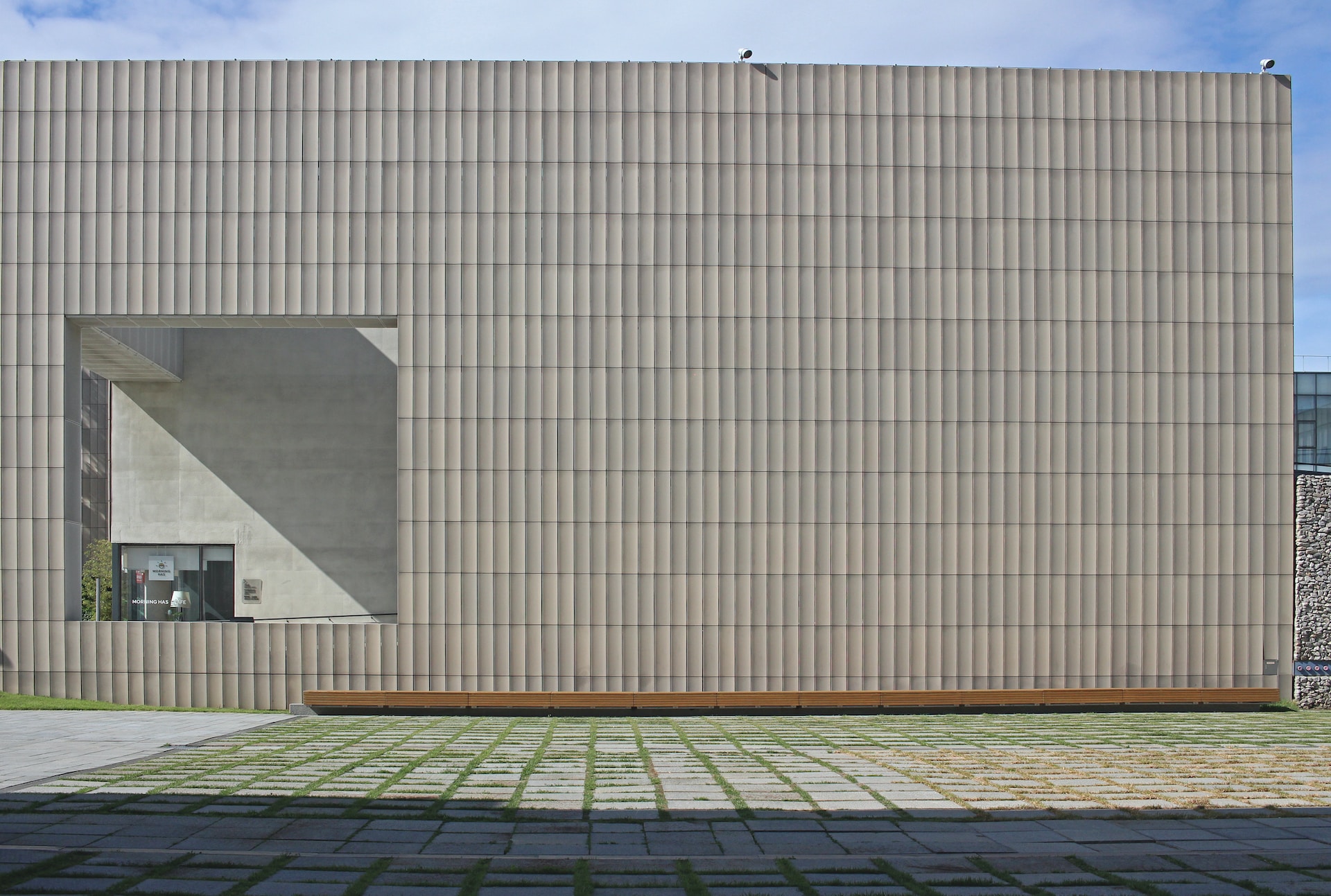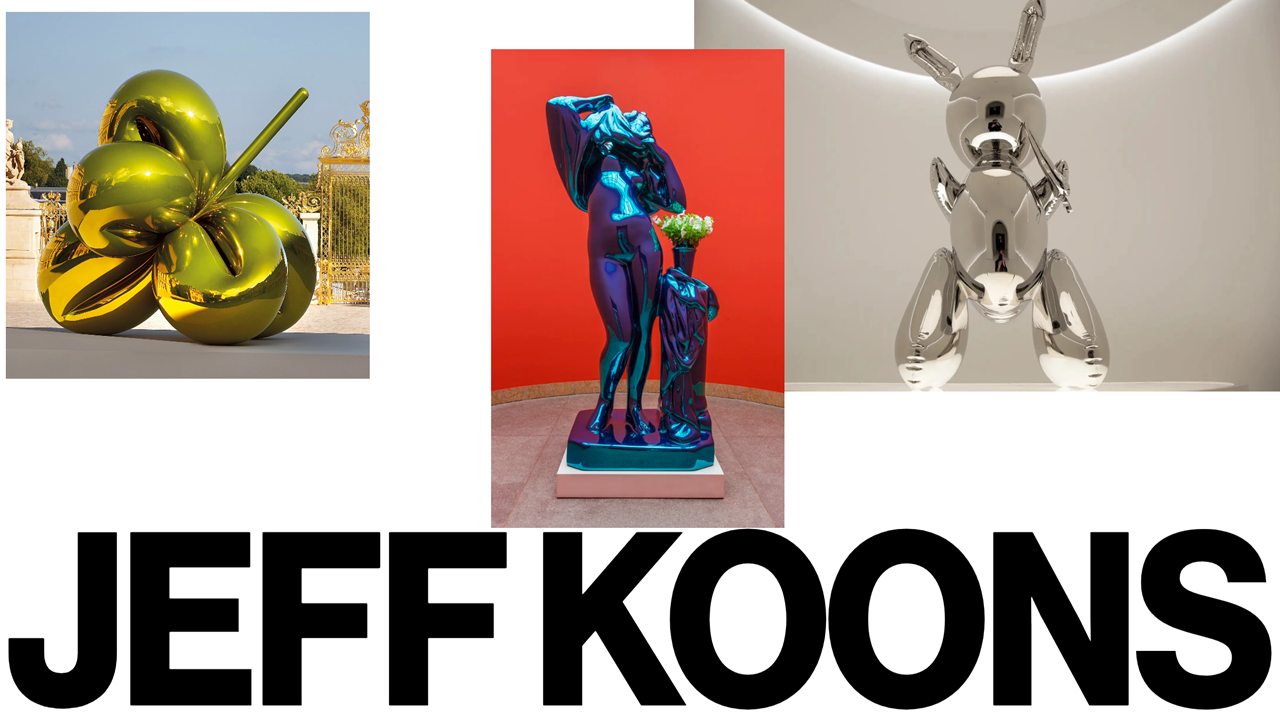The Centre Pompidou will open a Seoul branch in the 63 Building for four years from 2025. Institutional decentralization is being emphasized, and many art museums in Korea, such as the National Museum of Modern and Contemporary Art (MMCA) and the Seoul Museum of Art (SeMA), are also expanding their branches in the country.
 Centre Pompidou, Paris, France. Photo by Julio Wolf on Unsplash.
Centre Pompidou, Paris, France. Photo by Julio Wolf on Unsplash.Unlike in the 20th century, art museums are no longer just places for appreciating artworks. They are transforming into more complex cultural spaces that also evolve alongside the public.
Art museums nowadays strive to become post-institutional, post-conventional, and multi-layered institutions that constantly update their missions in line with contemporary trends, establish programs encompassing various fields of art, and seek to expand their reach by establishing branches in various regions.
 Centre Pompidou, Paris, France. Photo by Valentin B. Kremer on Unsplash
Centre Pompidou, Paris, France. Photo by Valentin B. Kremer on Unsplash
France’s Centre Pompidou is one example. The Centre Pompidou, a complex cultural building equipped with exhibition spaces, theaters, performance halls, and libraries, has been an influential role model for many art institutions.
The center, named after Georges Pompidou, the President of France from 1969 to 1974, who commissioned the building, was officially opened in 1977 and now operates numerous branches around the world.
Centre Pompidou-Metz is Centre Pompidou’s first annex, opened in 2010 with the main purpose of exhibiting more works to the public. Spain’s Centre Pompidou Málaga opened in 2015 and will run until 2025. Kanal-Centre Pompidou, a branch in Belgium, opened in 2018, and Centre Pompidou x West Bund Museum opened in Shanghai in 2019. The complex has signed a contract with Saudi Arabia to open a branch, and another branch is planned for Seoul.
On the 19th, the Centre Pompidou and the Hanwha Foundation of Culture announced that a memorandum of understanding (MOU) had been signed to open the Centre Pompidou Seoul in the 63 Building by the first half of 2025. The Pompidou Centre Korea will remodel an exhibition space of about 3,000 m2 from the basement to the 4th floor under the direction of architect Jean-Michel Wilmotte and will operate for four years from the opening date.
 National Museum of Modern and Contemporary Art, Seoul. Photo by J Shim on Unsplash.
National Museum of Modern and Contemporary Art, Seoul. Photo by J Shim on Unsplash.Many art institutions, such as the Centre Pompidou, have been expanding their spaces and branches, including the Louvre and the Guggenheim Museums and Foundation. As cultural democratization emerged in the 1990s, institutional decentralization was emphasized, and globalization, such as the development of the Internet and the normalization of international travel, fostered synergy and had a profound effect on the cultural and artistic worlds. Facing these changes, museums have been working on establishing a network through their branches and continuing to promote their exhibition and research content.
These trends in the art world can also be found in Korea. One example is the National Museum of Modern and Contemporary Art (MMCA). Although it does not have branches overseas, the MMCA, Korea’s representative art museum, has branches in Gwacheon, Seoul, Deoksugung, and Cheongju, as well as two residencies in Changdong and Goyang. In addition to opening the National Art Collection and Preservation Center in Daejeon by 2026, the museum intends to open additional branches outside the Seoul area.
However, some point out that the future branches of the MMCA are the result of competition between local governments across the country. A number of local governments have strongly argued that the collection donated by the late Samsung Chairman Lee Kun-hee and Hong Ra-hee should be located outside of Seoul, using the Guggenheim’s “Bilbao Effect,” which had a significant impact on urban reconstruction, as an example. However, when the decision was made to establish a separate art museum in Seoul for the collection, several local governments encouraged the establishment of the MMCA’s branches in their regions.
 Seoul Museum of Art. Courtesy of the museum.
Seoul Museum of Art. Courtesy of the museum.
Another example is the Seoul Museum of Art (SeMA). The museum has been striving to become a place that pursues experimental art by breaking away from the existing concept of an art museum. The museum currently runs the Seosomun Main Building, Buk-Seoul Museum of Art, Nam-Seoul Art Museum, Seoul Museum of Art Art Archives, Nanji Art Creation Studio, SeMA Warehouse, SeMA Bunker, and the Nam June Paik Memorial Hall. The museum will have a total of ten branches by 2024, as the Museum of Photography in Chang-dong and the Seoul Museum of Art in Doksan-dong will open that year.
Public art museums are responsible for making their collections accessible to the public. Therefore, establishing branch offices in various regions is an important issue. However, museums should also keep in mind that the Centre Pompidou and the Guggenheim Museum Bilbao were able to have a tremendous effect on the local and global art world not only because of their reputation and popularity but also because many other factors worked together in various ways.
 National Museum of Modern and Contemporary art, Gwacheon. Courtesy of the museum.
National Museum of Modern and Contemporary art, Gwacheon. Courtesy of the museum.As an increasing number of international galleries, art fairs, and museums enter the Korean art world, art museums in Korea are expected to work on developing a strong mission that can encompass all branches and open exhibitions that reflect both the local situation and global contemporary art trends.


























